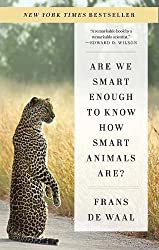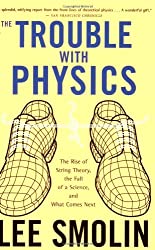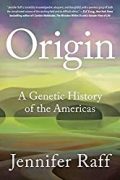
Rating: 8.0/10.
Book about animal cognition and methods to probe them. Recently, we are starting to learn that many animals are more intelligent than we thought, because the methodology to test their intelligence in the past was flawed. Instead of giving them artificial, one-size-fits-all tests, we should take into account each species’ individual “Umwelt” — how they experience the world, and design tests accordingly. The field of “ethology” tries to do this to probe animals’ cognitive abilities in as natural a setting as possible.
Many ways that a test could fail to capture an animal’s intelligence, common problem is it’s unfair when the experimenter is human, a lot of experiments were successful only when replicated in a setting using their own species instead of humans. Studies may fail to account for confounders, eg, animals’ social hierarchies that are in effect when solving a puzzle together, so researchers should be familiar with animals’ natural behavior before running artificial experiments. Each of the studies presented is a careful experiment design: it needs to show that an animal is capable of some cognitive skill (like planning for the future), while eliminating other potential explanations (like behavior being random, or instinctive).
The rest of this book surveys a wide range of studies on animal cognition, using primates, birds, elephants, dolphins, etc. Many primates can use tools, but in different ways: only a few species can reason about how the tool works, others just try lots of random configurations and remember which one gave the desired result. Language use is fairly limited, they can learn signs for specific objects or events, but can’t use them abstractly. Need to be careful of “Clever Hans” type of effects, where animals look like they understand language, but are just picking up on the experimenter’s body language.
Animals have remarkable social skills: they have a “Theory of Mind” about what others know, they recognize dominance hierarchies including whether two others are friends or enemies, and use this information strategically, they can cooperate to solve a task. They can remember specific events from the past, make future plans (which we can tell when they make preparations), recognize themselves in the mirror, learn skills by copying peers. Each of these abilities is paired with a description of the experiment that demonstrated it, and a reference to the original paper.



